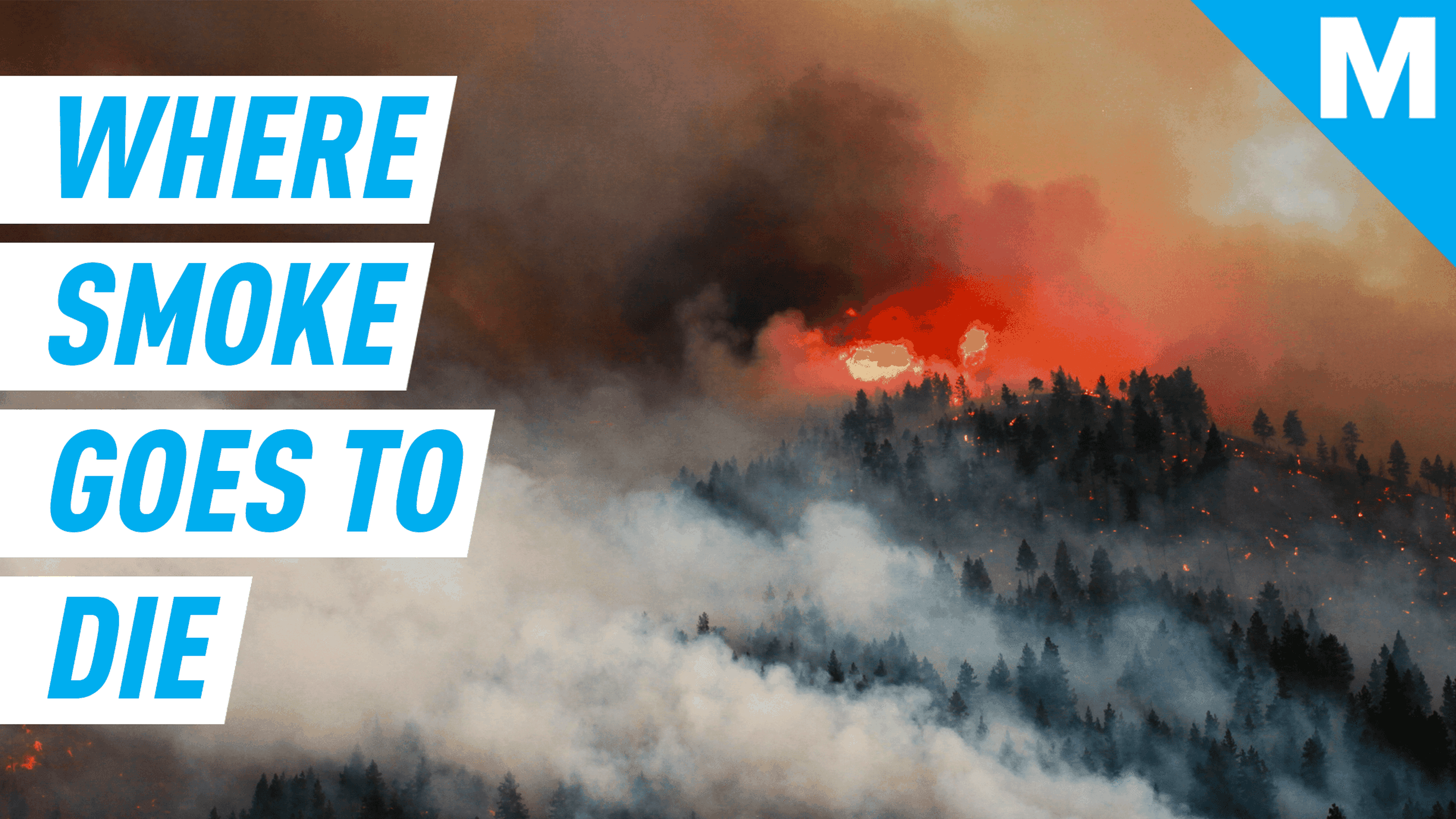
Another blast of heat will sting California.
The National Weather Service expects much of the fire-ravaged state will experience unusually hot early September temperatures over Labor Day weekend and beyond, with some areas reaching 15 to 20 degrees Fahrenheit warmer than normal. These hot and dry conditions are a problematic weather set-up for the Golden State, where some of the largest fires in state history are still burning.
“Firefighters will be fighting low humidity and high temperatures,” said Jeff Weber, a research meteorologist at the University Corporation for Atmospheric Research. “The fires that are still burning will be enhanced by this weather pattern.”
A rare lightning siege from passing tropical storm systems sparked over 800 blazes in California in August, but profoundly dry vegetation, or fuels, allowed some fires to explode. “Fuels are incredibly dry,” John Abatzoglou, a fire scientist at the University of California, Merced, told Mashable in late August.
California, known for its sunny Mediterranean climes, is a notoriously dry region during the summer and most of the fall. But the Golden State has been warming since the late 1800s, which means fuels have grown drier. This sets the stage for more fire.
“When we talk about how climate enables fire activity, we’re often talking about how dry fuels are,” explained Abatzoglou. “This year is embedded within a long-term uphill climb toward warmer, drier, and smokier climates.”
A rather extraordinary, record-strength late-season ridge of high pressure will build along U.S. West Coast in coming days, bringing widespread record heat to California, Oregon, Washington, and B.C. Some all-time September records may be threatened. #CAwx #CAfire #ORwx #WAwx pic.twitter.com/P2oOlAIQON
— Daniel Swain (@Weather_West) September 1, 2020
All but three of the Top 20 Largest #Wildfires have occurred since 2000, with 10 of these large and damaging wildfires occurring in the last decade. As fire weather continues to become more extreme, California is adjusting to fight these larger and more destructive wildfires. pic.twitter.com/GYPvqLxn88
— CAL FIRE (@CAL_FIRE) August 25, 2020
The looming heat wave, thankfully, won’t be as persistent or extreme as the region’s August event, when temperatures hit 130 degrees Fahrenheit in Death Valley (perhaps the hottest temperature ever recorded on Earth). “It doesn’t quite have the sting as the last one,” said Weber. But the heat event will certainly be extreme for early September. Triple-digit temperatures are likely in interior California.
A potent zone of high air pressure — which typically brings sunny, warm, and dry weather to a region — will settle over the state. “It’s strong for early September,” said Weber. As a result, there’s good potential for some September heat records to break. These days, with boosted background temperatures as the climate relentlessly warms, more high temperature extremes and records occur. Overall, high records have outpaced low records by two to one over the last decade or so.
In California, higher overall temperatures mean more blazes. Between 1972 and 2018, the amount of land burned in California grew fivefold, largely due to increased summertime burning in forests. Seventeen of the 20 largest fires in state history have burned since 2000.
